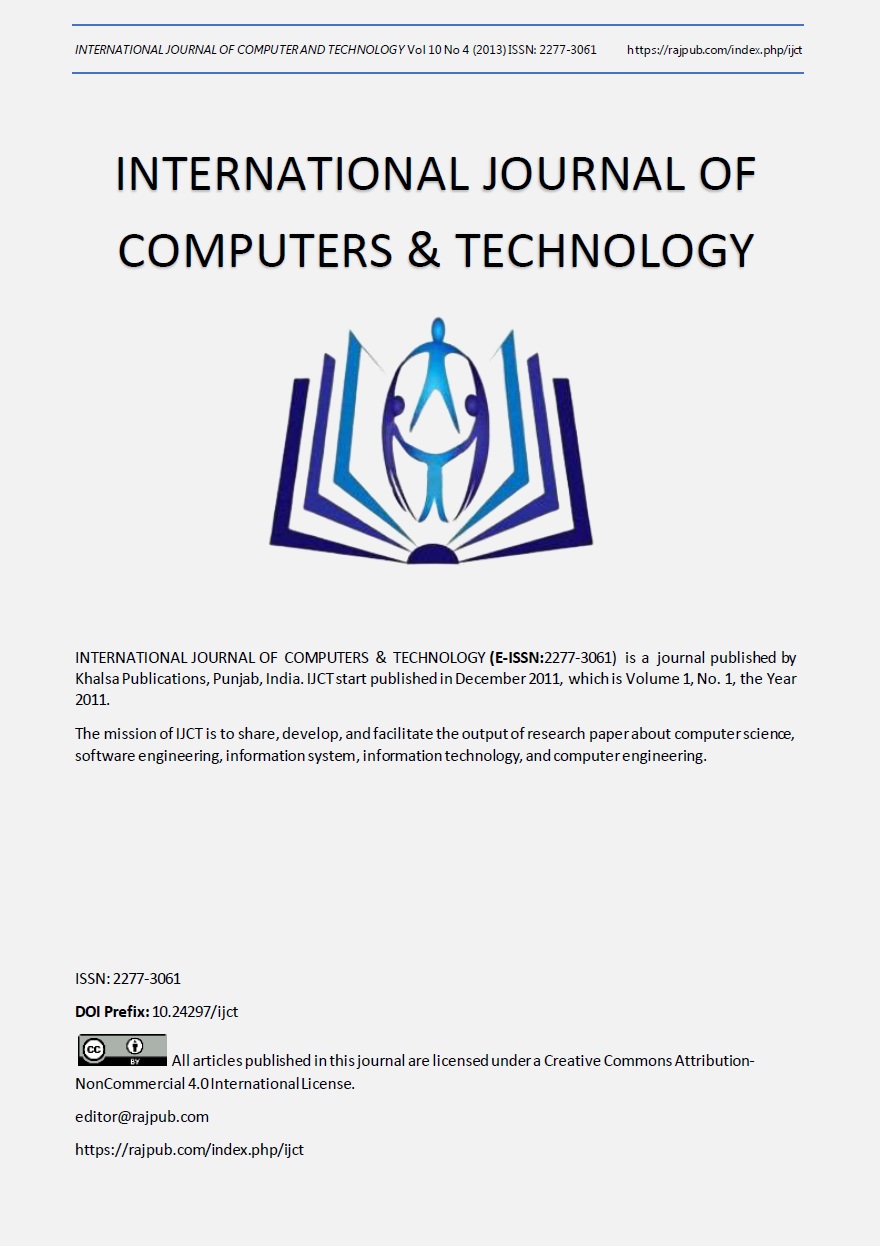Identification of Biomarkers for Obesity associated with Diabetes using Sequence Mining Techniques
DOI:
https://doi.org/10.24297/ijct.v10i4.3251Keywords:
Bioinformatics, biomarker, resistin, obesity, diabetes, data mining, sequence mining, multiple sequence alignment, ClustalW tool, phylogram, protein sequences, NCBIAbstract
The advancements in the field of information technology are moving ahead in the discipline of medicine empowering the researchers with superior tools. By taking the advantage of Information Technology, today's researcher successfully navigate the flood of data and many diabetic complications can be overcome. Biomarker plays very major role in disease detection at early stages of its stages and also helpful in knowing the state of treatment and how body is acting or responding to the medication. The dramatic rise in obesity-associated diabetes resulted in an alarming increase in the incidence and prevalence of obesity an important complication of diabetes. The twin epidemic of diabetes and obesity pose daunting challenges worldwide. Differences among individuals in their susceptibility to both these conditions probably reflect their genetic constitutions. Predicting obesity associated diabetes is both useful and important because the number of obese patients is increasing while its main cause cannot yet be defined. Bioinformatics, a truly multidisciplinary science, aims to bring the benefits of computer technologies to bear in understanding the biology of life itself. The dramatic improvements in genomic and bioinformatic resources are accelerating the pace of gene discovery for many medical diseases. It is tempting to speculate the key susceptible genes/proteins biomarker that bridges diabetes mellitus and obesity. The emergence of post-genomic technologies has led to the development of strategies aimed at identifying specific and sensitive biomarkers from the thousands of molecules present in a tissue or biological fluid. In this regard, we evaluated the role of several genes/proteins that are believed to be involved in the evolution of obesity associated diabetes by employing a sequence mining technique, multiple sequence alignment using ClustalW tool and constructed a phylogram tree using functional protein sequences extracted from NCBI. Phylogram was constructed using Neighbor-Joining Algorithm a bioinformatic tool. Our bioinformatic analysis reports a biomarker, resistin gene as ominous link with obesity associated diabetes. This bioinformatic study will be useful for future studies towards therapeutic inventions of obesity associated type 2 diabetes.









